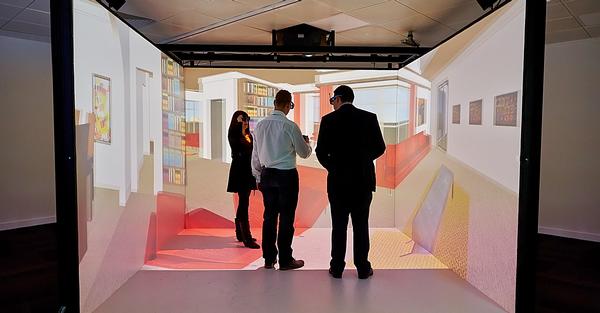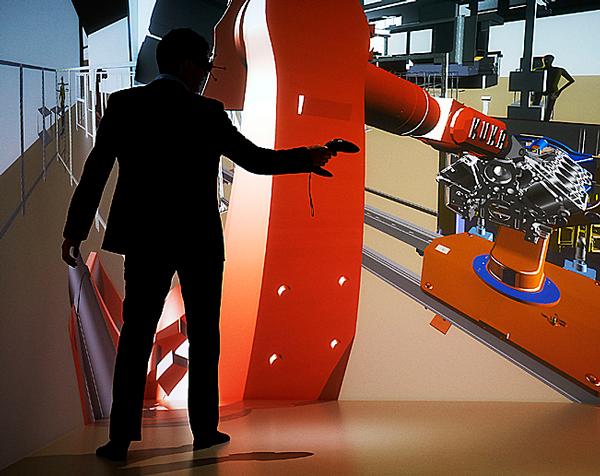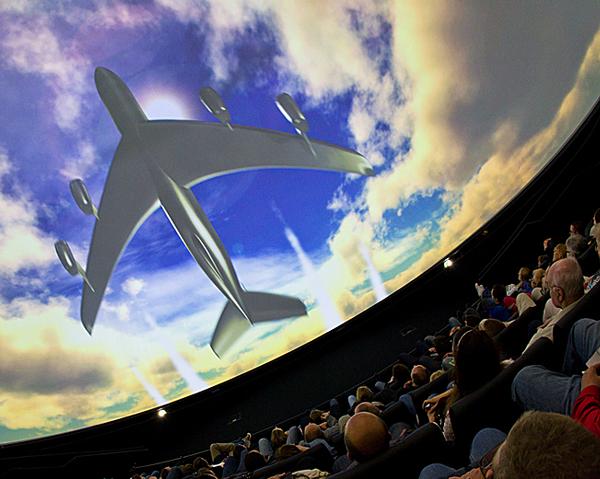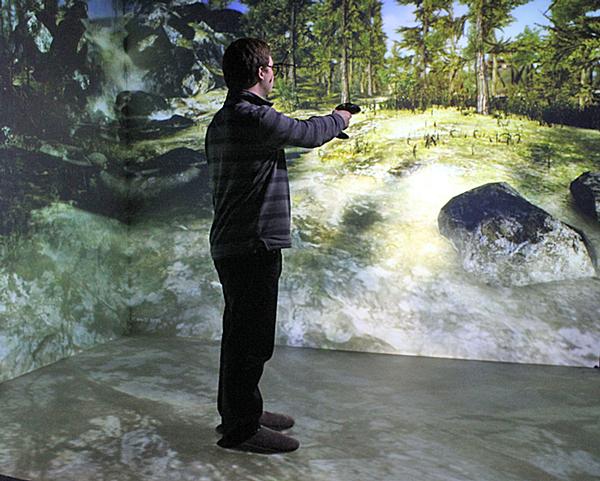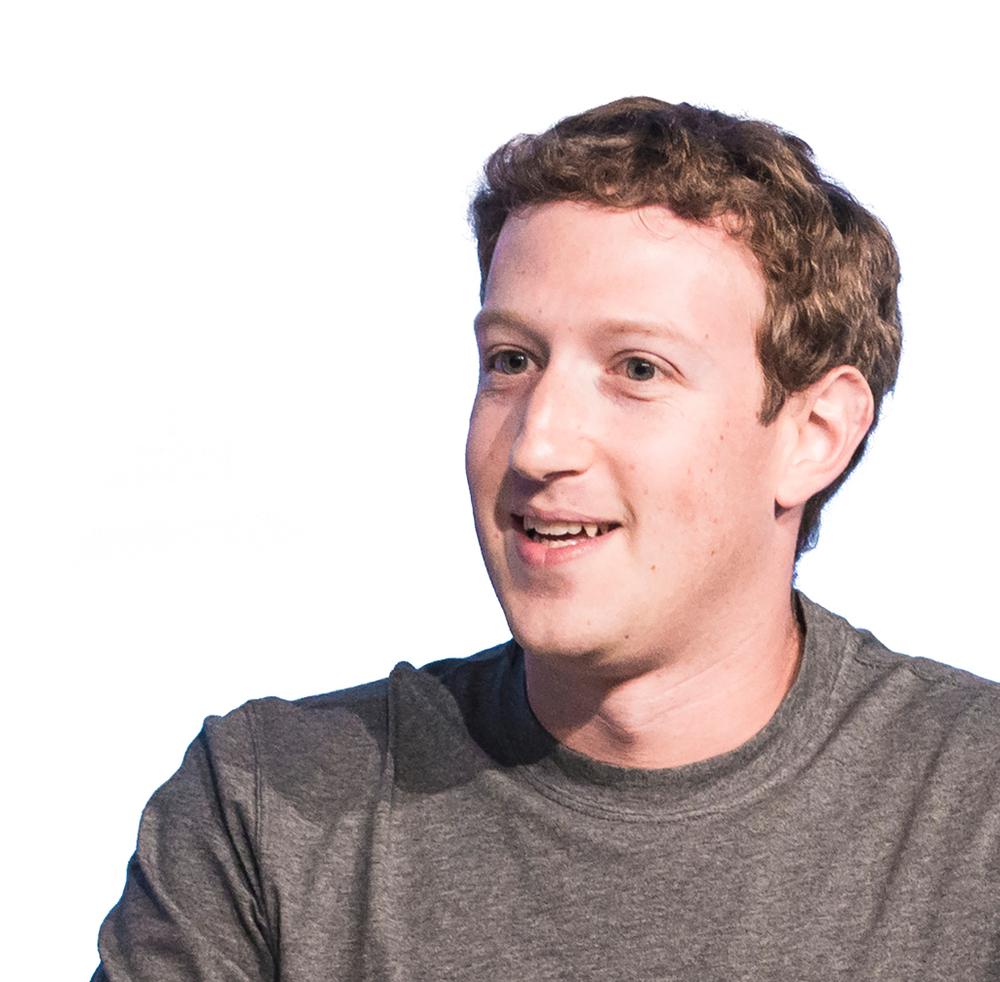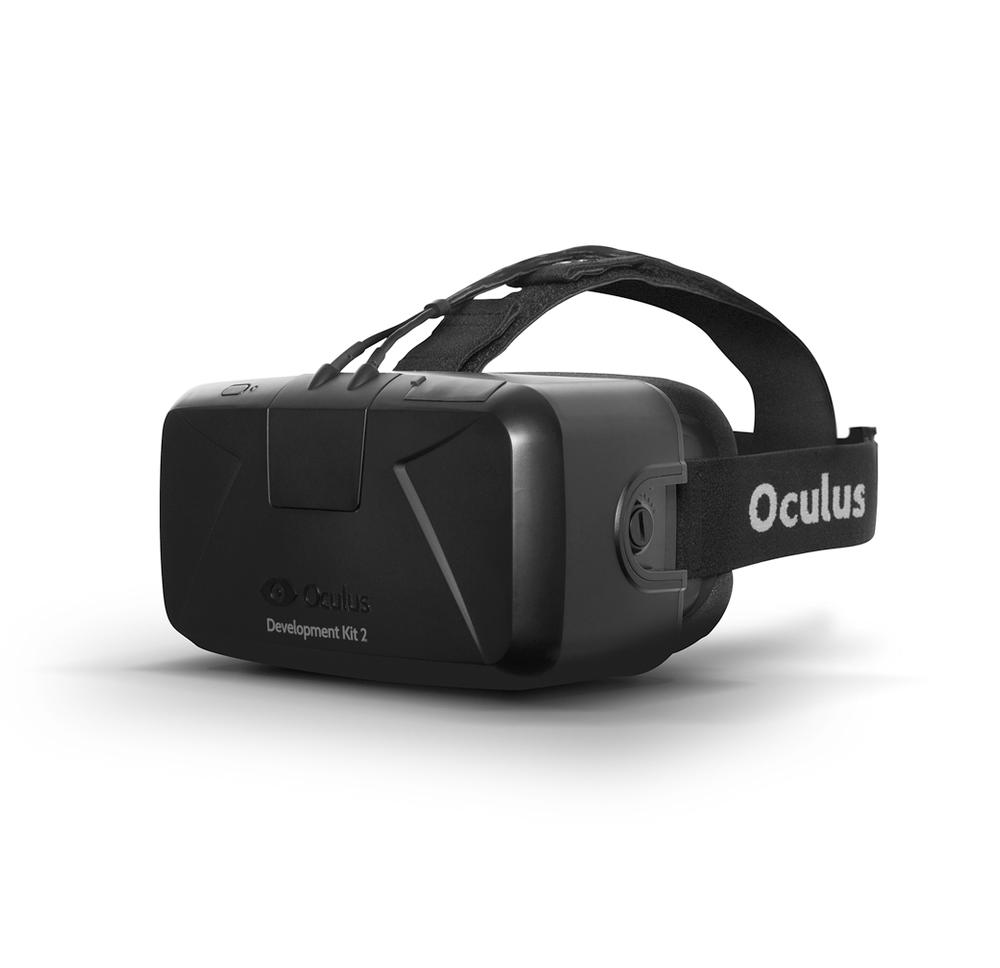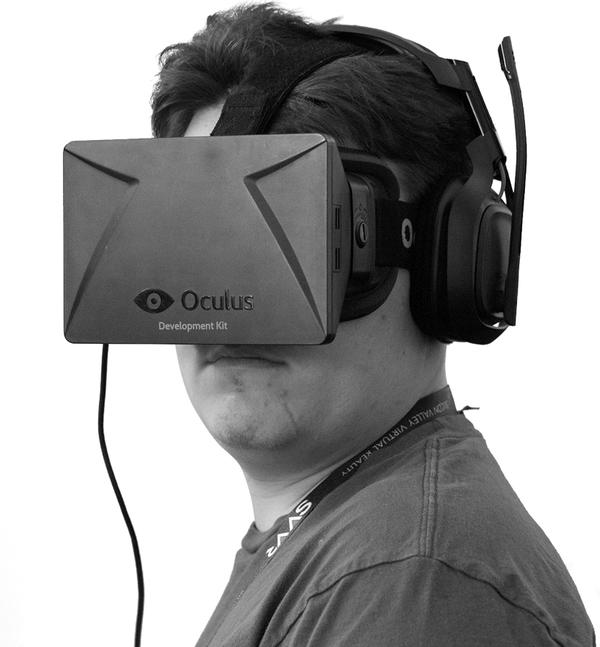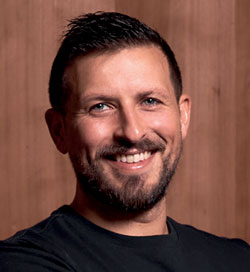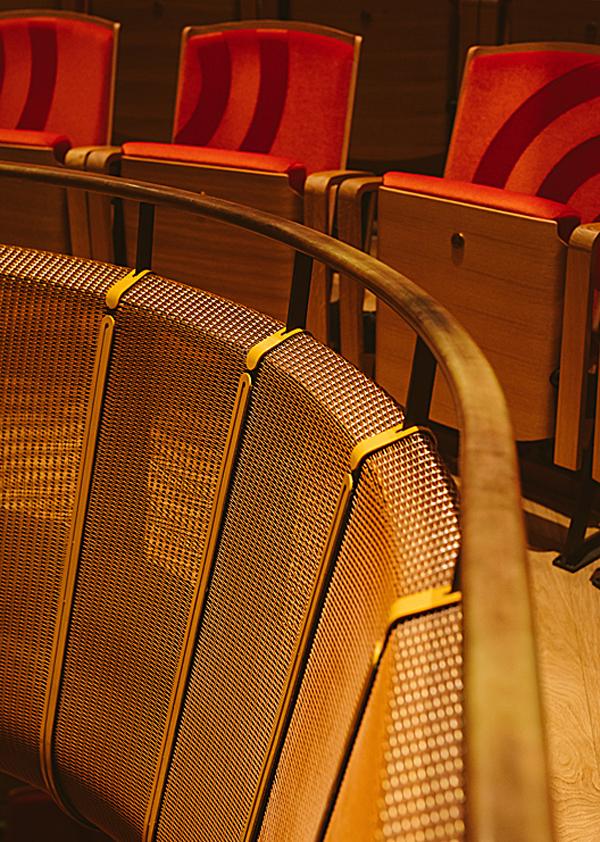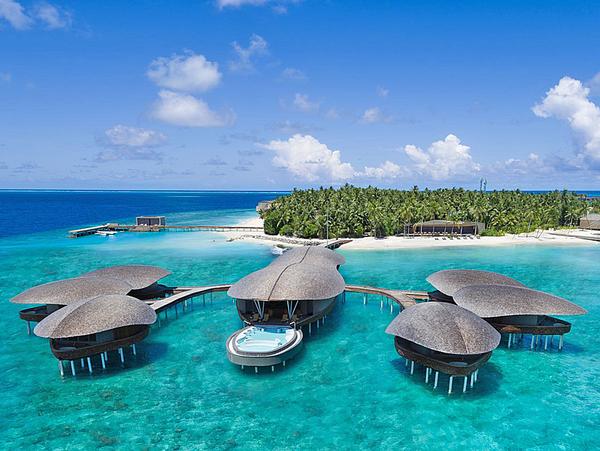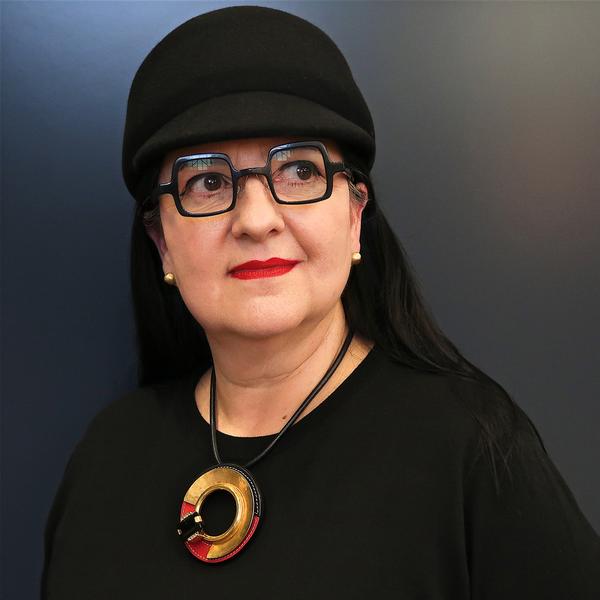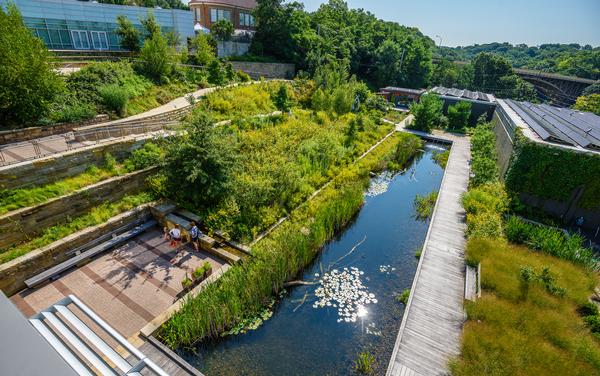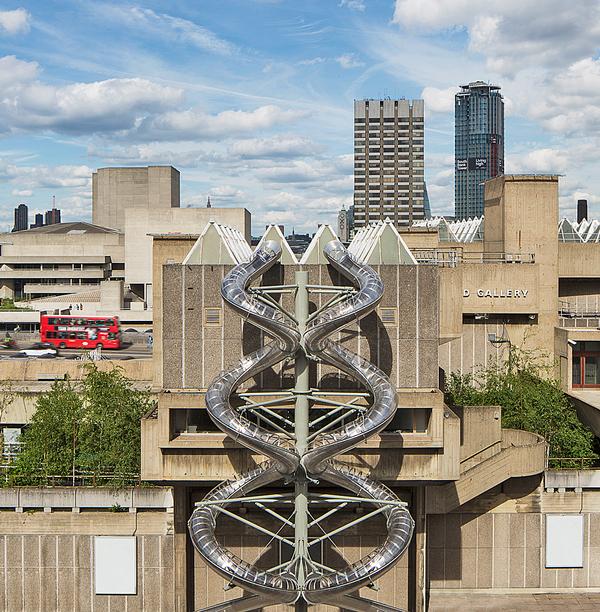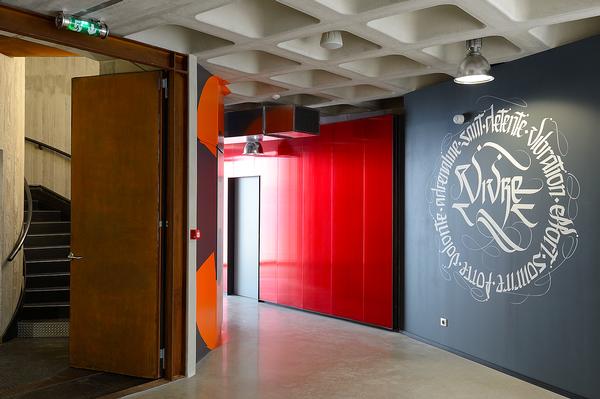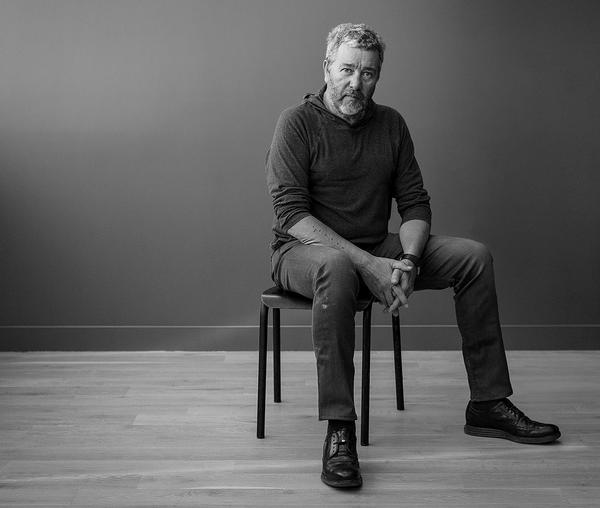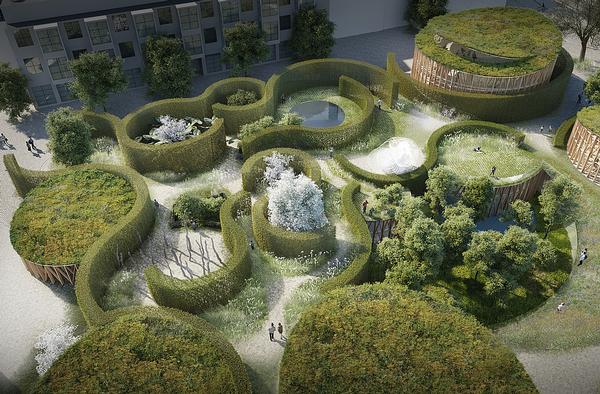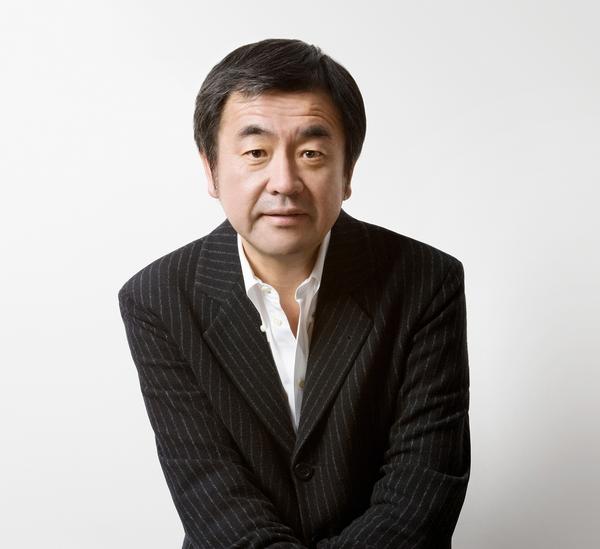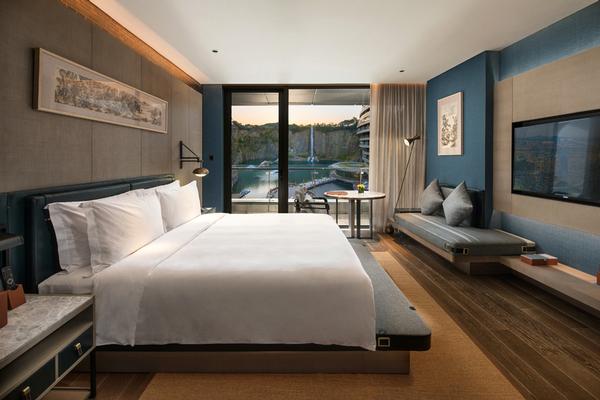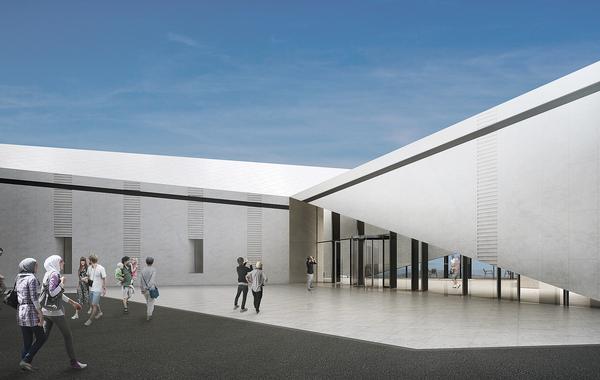Technology
Face Reality
Facebook has purchased virtual reality company Oculus VR for $2bn, with the promise of providing a platform to share “entire experiences and adventures.” Does this deal represent a breakthrough for virtual reality technology and, if so, how will this affect the visitor attractions industry? Jason Holland investigates
Virtual reality (VR) technologies have been around for years, but failed to take off in the way many predicted. Systems have come and gone, but VR has never taken a place in mainstream culture.
That could be about to change, since Facebook made the potentially seismic decision to acquire Oculus VR, a promising virtual reality company known for raising finance via a successful Kickstarter crowdfunding campaign.
Facebook founder Mark Zuckerberg believes that in the future this technology could be incorporated into the everyday lives of billions of people – explaining why he decided to spend $2bn (£1.2bn, €1.5bn) on the unexpected acquisition.
As surprising as the price tag was that a social networking company would be so interested in the Oculus Rift virtual reality headset – an inherently anti-social device.
Does this purchase mark the coming of age of virtual reality? The main differences between Oculus Rift and previous headsets are the price point and the fact that a number of technological problems have been solved, but Zuckerberg’s purchase is most significant for shifting the focus of the technology. Oculus has always been about gaming, facing competition from the likes of Sony in an imminent consumer battle. But Facebook is not in it for pure gaming.
Oculus notes its development kits are open platforms and the software development kit that comes with it is also open source, meaning developers and companies can create content for anything they want. This could signal a bright future for virtual reality in the attractions industry.
“After games, we’re going to make Oculus a platform for many other experiences,” Zuckerberg said when he announced the purchase. “This is really a new communication platform. By feeling truly present, you can share unbounded spaces and experiences with the people in your life. Imagine sharing not just moments with your friends online, but entire experiences and adventures.”
COMPELLING EXPERIENCES
Virtual reality can be described as a three-dimensional, 360-degree computer simulation of an environment – essentially a fully immersive experience. Headsets like the Rift have become the expected format for VR because they block out other stimuli and alter the view, depending on the angle of the head, using motion tracking.
For innovation technology consultant David Hughes, who has conducted pioneering VR work at companies such as Silicon Graphics, there has always been a close link between simulation and entertainment, with the two fields converging periodically. When an attraction or experience is made immersive, there has always been tension in whether it should be a real-time experience, or a prescribed, linear experience. The latter almost always wins out because it is the safe option, but the aim for new VR technology must surely be to create more compelling experiences.
One of the attractions industry’s first forays into the virtual reality sphere was DisneyQuest. The “indoor interactive theme park” opened in 1998 at Disney World, Florida and is still going strong, a “success story in itself” according to Hughes, who was involved in the project during his time at Silicon Graphics.
Jesse Schell, now CEO of Schell Games, was once creative director of the Disney Imagineering Virtual Reality Studio, where he worked as designer, programmer and manager on several projects for Disney theme parks and DisneyQuest. For him, VR in the attractions industry has been a novelty so far and “mostly, not a very successful one.”
He says the head-mounted experiences at DisneyQuest were less popular than the computer assisted virtual environment-based (CAVE) and motion simulator-based experiences on offer.
While DisneyQuest Florida is still open, a second location, Chicago DisneyQuest, closed after a couple years. “A novelty-based experience can succeed at a year-round tourist destination, but if you depend on locals for admission, you need to have something with deep replay value,” says Schell. Plans to expand the DisneyQuest model were scrapped after the failure of the Chicago operation, and the attraction remains something of an industry quirk.
Schell isn’t convinced VR headsets can ever work in attractions. “The technology has been expensive, and difficult to deploy for space reasons and hygiene reasons. More importantly, VR is an isolating experience, and people go to theme parks and museums to be together,” he says.
A bigger question might be whether VR could have a relevant impact on wider issues affecting the attractions industry, such as design, marketing or adding to the experience of traditional rides.
GETTING IT RIGHT
There are several reasons why VR technology keeps coming to the fore but never quite establishing itself. While cost as a limiting factor has largely been solved by the technology available on devices such as Oculus Rift, it remains to be seen if headsets will become socially acceptable. The devices can become uncomfortable after a prolonged period of use and when headsets are shared, hygiene issues are a challenge. Furthermore, some industry experts also worry that there are still technical issues to resolve.
The “absolute biggest no-no” in virtual reality is making users feel nauseous, according to Hughes. It tends to be “discontinuities” that make people feel this way, such as flipping lights in peripheral vision, zooming in or out, or latency (the difference between making something happen and seeing or experiencing the result). A high frame rate is a necessity for VR, making on-screen motion appear smooth and natural.
The causes of nausea are not entirely understood, so creating any immersive experience is a challenge. “The more immersive an experience is, the more responsibility you have for not making people nauseous and sick,” says Hughes. “If you take away all the other cues, you now have people’s brains in your hands and you can really mess around with people’s brains pretty badly.”
This has dictated the journey of VR so far in attractions. “Companies say they want nice, slow prescribed parts through a scene ? no discontinuities, so it’s safe and doesn’t generate nausea,” says Hughes. “Some of the early rides didn’t do a great job on this and made people sick.”
If you start giving people choice – as using VR headsets would surely necessitate – there is always the possibility they will select an option which will generate discontinuities. This helps explains why immersive, but linear, attractions such as 4D movies are so popular. However, Oculus appears to have solved the Rift’s latency issue, and the device has been widely praised as users are not generally reporting experiencing nausea.
Another challenge to overcome is navigation. You should be able to move from A to B and initiate commands seamlessly, Hughes says. In a lot of interactive experiences today, just getting around the world is pretty clunky. “It’s another big unresolved issue,” he says.
INDUSTRY Potential
Another question is whether to have an individual or a shared experience – or a shared experience through multiple individual experiences.
Facebook will of course be interested in social experiences. “I can see how this could be used in a Second Life-type experience, extending into a virtual world where people meet each other – an experiential space to make friends and meet people,” says Hughes. But both Hughes and Schell note that headsets are inherently an isolating experience, and most attractions spaces are social.
“I think we’ll see a lot of experiments with VR in attractions. The most successful will incorporate a multi-user social component,” says Schell. “These experiments will happen right away. But the lasting changes won’t come until the social networking systems are deeply integrated, which will take about 10 years.”
The Rift is an exciting, relatively cheap technology, and Facebook expects to have a commercial winner on its hands. From this perspective, the deal makes sense, but shouldn’t Facebook be looking ahead to VR technologies like contact lens-size devices and retinal scans? “Never underestimate what Facebook can do,” says Hughes. “What’s different this time around could simply be sheer will and investment.”
Several uses for Oculus Rift in the attractions industry have already been mooted. Two independent developers covertly took the device on a roller coaster at a UK theme park, having created a program that allowed them to see a virtual world as if they were flying through space, while experiencing the physical sensation of the real-world ride.
Another use might be to transport visitors, such as a classroom of children, to any museum in the world. This would be a great experience, although a possible source of worry if users virtually visited museums rather than physically attending.
The potential for virtual experiences opens up many other opportunities. If a theme park is fully mapped out, for instance, people could take a virtual tour before visiting, or plan a visit in advance – this could be a real advantage, especially with added features such as pre-booking.
In terms of using VR technology in a visitor attraction, the problem is still economics. Time is another limiting factor – people have to be in and out the door quickly if any money is going to be made. A VR experience will probably require some sort of training, so will there be enough time left for enough people to have a sufficient impact on the world they are in to make it feel meaningful? It comes back to linear narratives being the safe option, and the challenge to make VR work as a viable attraction.
While use of VR technology represents a specialist investment, what makes the Rift so compelling to a wider market is its relatively low price point and the plethora of potential uses. But whether or not the time for virtual reality has finally come, it certainly now has some big hitters on board. “One day, we believe immersive, augmented reality will become a part of daily life for billions of people,” said Zuckerberg.
How will the attractions industry face this new reality?
Virtual reality - a timeline
1920s
• First flight simulator produced by Edwin Link in the US.
1950s
• Morton Hellig builds Sensorama, a simulator with 3D images designed to create the illusion of reality.
1960s
• Ivan Sutherland builds the first head-mounted display (HMD) VR system. It is so heavy that it has to be suspended from the ceiling.
1970s
• Videoplace, an artificial reality system, is developed by Myron Krueger. It uses projectors, cameras and user silhouettes to create an interactive environment.
• The LEEP (Large Expanse Extra Perspective) wide-angle stereoscopic optical system is developed for head-mounted displays.
• The Aspen Movie Map hypermedia system is created at the Massachusetts Institute of Technology (MIT).
1980s
• In 1985, VPL Research is founded by Jaron Lanier, who popularises the term virtual reality. It’s the first company to sell a complete VR system with goggles and gloves.
• Silicon Graphics, which produces high-performance computer graphics solutions, is founded in 1982.
• Tron is the first movie to depict virtual reality, released in 1982.
• The Holodeck – probably the ultimate in fantasy virtual reality – makes its first appearance in the TV show Star Trek: The Next Generation in 1987.
1990s
• DisneyQuest opens in Florida, featuring a series of cutting-edge virtual reality attractions.
• Jonathan Waldern launches Virtuality, a public venue multiplayer VR HMD entertainment system. The system ultimately registers 42 million plays in 17 countries.
• Electronic Visualization Laboratory (EVL) invents the virtual reality theatre CAVE and produces the ImmersaDesk portable VR system.
• The first wireless tracking system is produced by Ascension, while SensAble launches the first low-cost haptic device.
• Researchers at Georgia Tech use VR to create war zone scenarios as therapy for military veterans suffering from post-traumatic stress disorder.
• Nintendo creates the Virtual Boy video game console, but it’s a commercial failure.
• The Lawnmower Man is released in 1992 tackling the issue of VR, and what could potentially go wrong. Many people’s concept of VR emerges from this film.
• The Matrix, which features a computer-generated world in which citizens are unknowingly imprisoned, becomes a global phenomenon in 1999.
2000s
• Second Life, an online virtual world in which people create avatars which can interact with other people’s, is launched by Linden Labs.
• 2014: Facebook purchases Oculus VR and its Rift device for $2bn, while Sony launches its Project Morpheus VR headset.
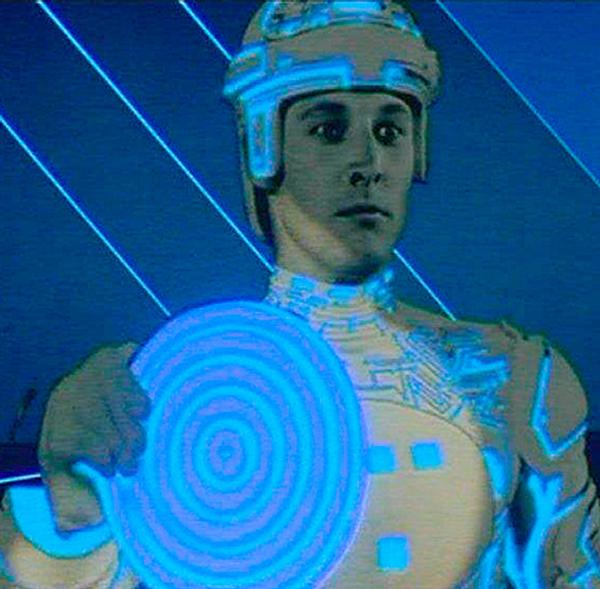
Holovis
Perhaps the main impact VR technology will have is in the design and manufacturing of attractions. UK-based company Holovis is already working in this area. “With our virtual reality systems we can deliver experiential design and solutions in a completely different way, so outside Disney we’re probably the only company that’s taken this on board and is now delivering solutions around the world at theme parks and entertainment venues using our core expertise in virtual reality to enable that,” says CEO Stuart Hetherington.
The company has its own VR design and testing facility, utilising CAVE technology. The aim is to design rides right the first time around, allowing them to be tested and simulations to take place before any physical work actually goes into them. To achieve this, Holovis launched the bespoke RideView software application, an immersive design and visualisation tool created on the back of game engine technology.
These technologies mean users can be transported into the virtual environment of an individual attraction, or a full park, with true 1:1 scale offering real-time interactivity.
“When designing an immersive attraction we need to test specific things to make it experiential, and we need to understand the immersion within it,” says Hetherington. All these aspects can be tested in the virtual environment, and stakeholders can be positioned anywhere on the ride to see how it moves – whether from the perspective of an eight-year-old child or a full-grown adult. Functional aspects, such as emergency evacuation procedures, can also be tested.
“Using a motion dome, we can put you in the virtual attraction where you can play the real game that you would be playing in the real attraction,” says Hetherington. Although a level of motion can be added, the system cannot test G-forces and physical motion. “But we can get an exceptional experience within the virtual space long before we’ve started construction.”
Although the hardware required to achieve this does represent a significant outlay, Hetherington says virtual design is very cost effective, especially from the software perspective. Challenges remain in data manipulation and compatibility, but these issues are being addressed in the design of the system itself, according to the company.
Holovis is now scaling up to provide a turnkey solution on products – from design to manufacturing to delivery – all using VR. For Hetherington, virtual reality-assisted design is definitely the future, and he thinks any designer that fails to embrace VR technology, no matter how big a name they are, is in danger of being left behind.
